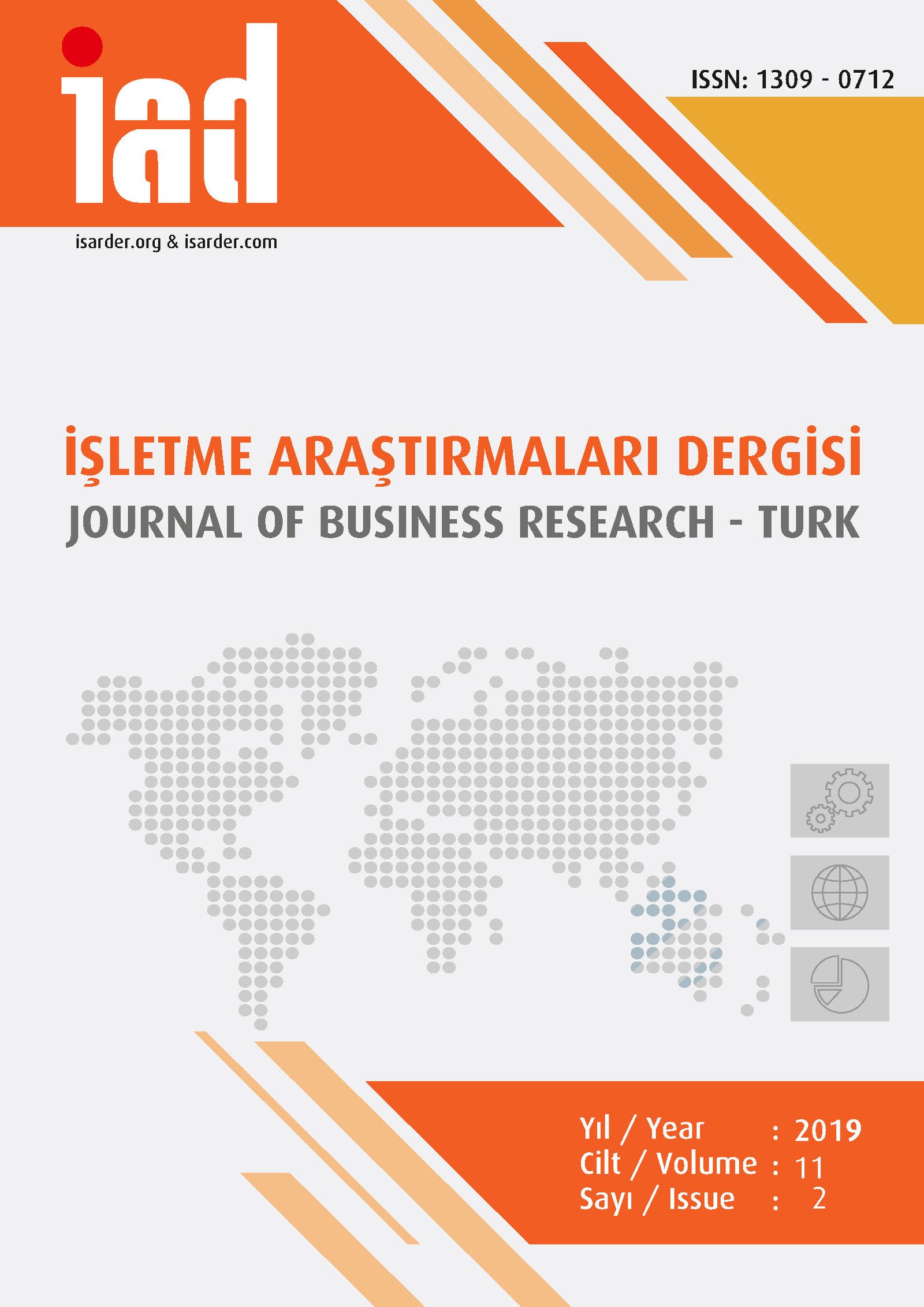Luring Rivals’ Staff: Employer Brand Image According to Current and Potential Employees in Turkish Service Industry
Anahtar Kelimeler:
Employer brand- Current employee- Rivals’ employeeÖzet
Purpose – Employer branding not only brings competitive differentiation, but also contributes to appeal most competent employees in the markets. However, rivals’ staff as potential employees have been overlooked in the existing corporate branding literature. The aim of the research is to analyze employer brand image among not only current employees, but also rivals’ employees within the concept of competitive advantage, and then to determine the most explanatory factor. Design/Methodology/Approach – Within the Turkish service industry, the air transportation, communication and banking markets were given priority by the reason that publicly traded, national corporates are predominant in them. Corporate reputation scale, has a facet called “Good Employer”, developed by Walsh and Betty (2007), is conducted to 187 sector employees by using purposive sampling method. A pretest is conducted to 112 participants for measuring the reliability of the scale items. Cronbach Alpha was calculated as .913. Findings – The findings show that employer brands of Pegasus, Vodafone and İş Bankası are stronger than their competitors. According to factor analyses, “perceiving as the best place for work” is the most explanatory factor on employer branding for both service industries. Discussion: As a practical implication, Turkish service industry may have a role in the Belt and Road Initiative. The Belt and Road may create several opportunities of mergers and joint ventures, which provide relative competitive advantage to domestic firms in the global market.
İndir
Yayınlanmış
Nasıl Atıf Yapılır
Sayı
Bölüm
Lisans

Bu çalışma Creative Commons Attribution-NoDerivatives 4.0 International License ile lisanslanmıştır.





